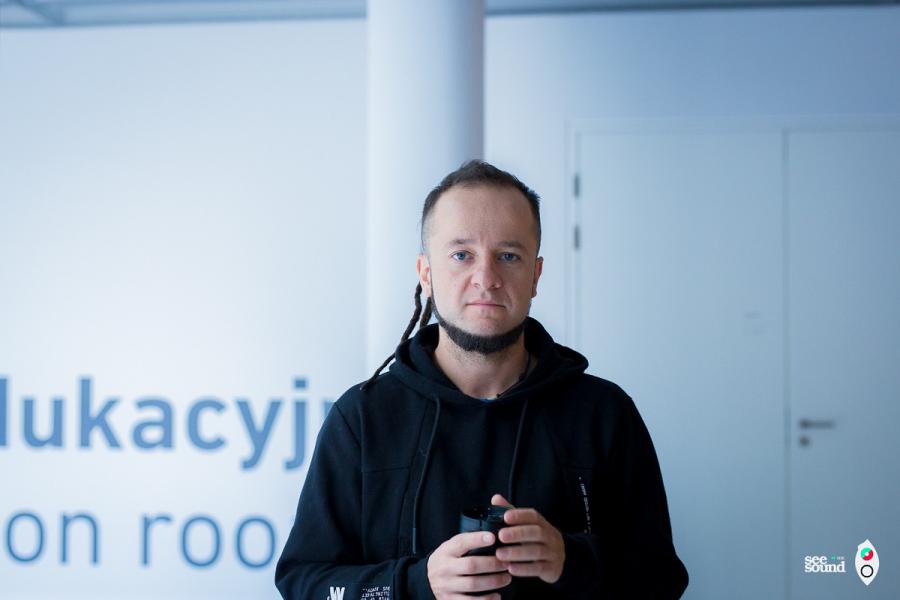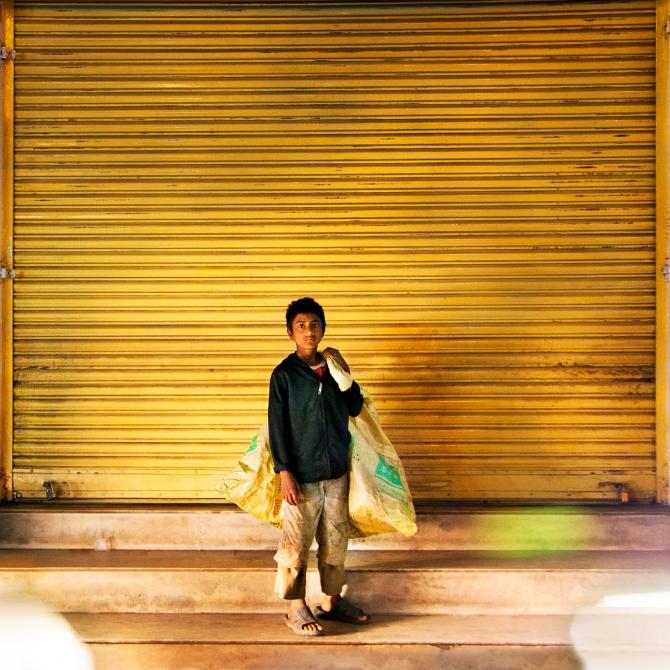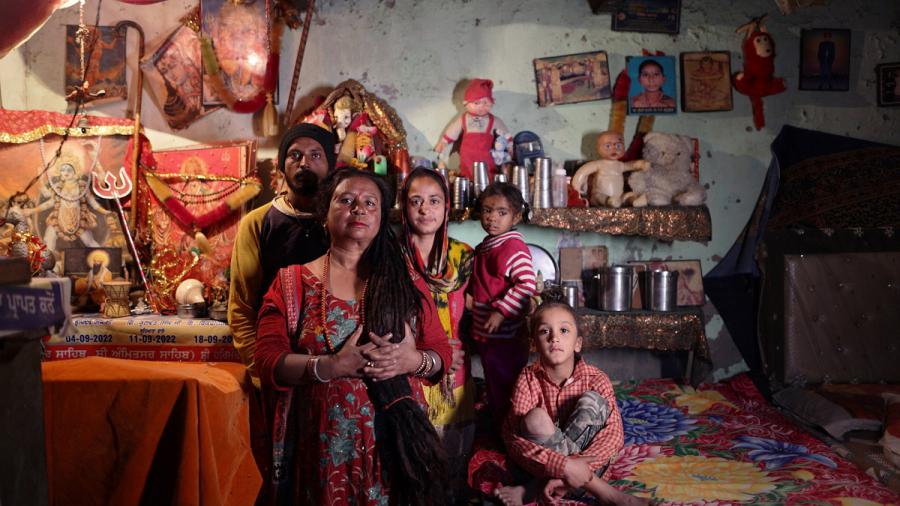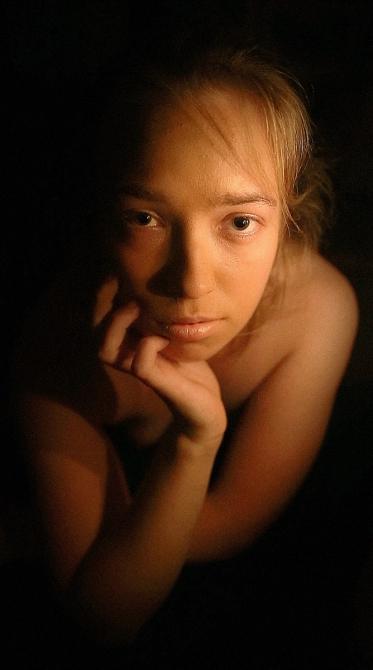| Maria Sztuka |
Few young artists can boast as impressive an achievement as Wojciech Kukuczka, PhD, an assistant professor at the Faculty of Arts and Educational Science at the University of Silesia. He graduated from the Academy of Fine Arts in Wrocław (Faculty of Graphics, major in Photography) in 2009, defended his PhD at the Institute of Art of the Faculty of Arts at the University of Silesia in 2017, and has already noted over 70 exhibitions in his artistic career, including more than 30 solo exhibitions (e.g., at the Bielska BWA Gallery – Bielsko-Biała, BWA – Wrocław, ZPAF – Warsaw, Engram – Katowice, Mała Gallery – Nowy Sącz). He has participated in several art festivals (e.g., the Photo Festival in Łódź and The World Photography Awards in Cannes, France). He has also curated over 30 art exhibitions of masters such as Zdzisław Beksiński, Jan Bułhak, and Gaspard Felix Tournachon (Nadar). Kukuczka, PhD has realised numerous cultural and art projects and has received many awards and distinctions, including at the Wondół Challenge mountain festival, in the photo competition ‘Union Around You’ for the photograph Emigration (first place), and the award for the best Polish film at the 14th Mountain Film Review. His list of successes also includes initiating a charity campaign for Nepalese children, founding the gallery Negatyw in Katowice, and establishing the foundation for culture Wielki Człowiek.
From Nepal to Negatyw
When in 2010 Wojciech Kukuczka landed in Nepal to photograph the students of a school in Namche Bazar, he probably did not anticipate that the project would inspire ideas shaping his artistic and academic pursuits for many years. The poverty of Nepalese children prompted a spontaneous decision to organise aid for them. He invited fellow artists to collaborate, and as he recalls, the response was immediate. Preparations for the charity event ‘3440 Meters Above Sea Level’ took six months. The centerpiece of the event was a bus (purchased with the help of the Academy of Physical Education in Katowice), which was transformed into a mobile gallery. Mariacka Street in Katowice was taken over by various events, exhibitions, graffiti shows, and concerts, during which funds were collected for the Nepalese children. Several thousand dollars were sent to the school in Namche Bazar.
‘This action,’ recalls the artist, ‘revealed the potential of presenting artists’ works in such an unusual and unconventional way. The bus in the urban space worked brilliantly. It showed that this type of interaction between creators and audiences has a much stronger impact than a classic exhibition.
This experience could not be wasted, so the Negatyw gallery was established’ – a project by Wojciech Kukuczka and Łukasz Pallado. In their manifesto, the artists announced: Negatyw is the reverse, denial, rebellion (…). The gallery is a place for meetings, discussions, and a free flow of inspiration. It is a space where creators meet a broad spectrum of audiences with diverse preferences and experiences.
For five years, the mobile gallery in clubs, historic tenement houses, or vacant buildings presented works by both masters and amators. As a result of these encounters, the Foundation Wielki Człowiek was established in 2013. The foundation engages in a wide range of cultural activities, focusing on art, education, and mountain culture. It promotes talented artists, initiates and supports artistic and educational events. One of the outcomes of its activities is the album Silesian Artistic Photography, showcasing the work of ten of the most important photographers associated with Silesia. Additionally, the foundation popularises the achievements of Jerzy Kukuczka and Polish mountaineering. Since 2013, Wojciech Kukuczka has been the foundation’s president.
Wojciech Kukuczka, PhD | photo: Jacek Czarkowski
Gates
The year 2013 was incredibly significant in the life of the artist. It was marked by numerous exhibitions, the beginning of his doctoral studies at the University of Silesia, and an immensely inspiring trip to Katmandu, the capital of Nepal—a place full of inspiration, as it turned out. There, the artist primarily photographed the people he encountered.
Kathmandu is an area where many cultures blend together, making it an extremely eclectic place.
‘I wanted to show this diversity against the backdrop of colorful, metaphorical gates,’ explains the artist. ‘The end of a bustling day there is marked by the closing of urban spaces. Shopkeepers, store owners, and craftsmen lower the gates that secure their possessions. Against the backdrop of these vibrant, colorful shutters, I photographed people. It was there, among the people I met at the foot of the Himalayas, that the reflection on self-creation appeared for the first time. Since I was photographing at night, I had to work with long exposure times, which allowed me to notice the efforts of my subjects to create a suitable pose, presenting themselves to the camera, taking care of the proper body arrangement, facial expression, and so on.’
The photography process was preceded by precise preparation of the shooting plan. When the model, surrounded by studio lights, seemed ready, the artist would ask them to remain still for 10 seconds. During this time, they had to validate their intention by staying motionless. The models would freeze, and that moment was pure self-creation, becoming a photographic image.
‘At that time, I record images, but not photographic ones, rather film ones. Despite asking the subject to stay still, I manage to capture small nuances: eyelid tremors, slight lip movements, eye movements. This effect lies on the border of a still photographic image, but this process is incomplete, revealing various details that illustrate the process of self-creation by the character striving to become the image we expect,’ continues the artist.
A photograph from the cycle Gates | photo: Wojciech Kukuczka
A photograph from the cycle Family portrait | photo: Wojciech Kukuczka
The inspiration were old 19th-century photographs. Although they were created in entirely different realities and were limited by the technological possibilities of the time, the studio setup and preparation for photos were likely not very different. Early photographs evoked anxiety, and the process itself was seen on the border of “black magic.” From the faces of models 150 years ago, one can read fear, but also pride and a sense of responsibility for leaving an image that might be the only one in their life. The artist was fascinated by questions like: What was the process of capturing a photo like back then? How did the subjects behave in the studio? What caused the fascinating ambiguity in Charles Baudelaire’s gaze in the photograph taken by Nadar in 1885 (Wojciech Kukuczka’s favourite work)?
This was the beginning of a journey that led the artist to continuous photography, culminating in his doctoral dissertation titled Continuous Photography – Uncaptured Moments, My Own Image of Silesia Inspired by the Works of Photography Masters.
‘I found that photography itself imposes certain limitations, so I turned to a method I called continuous photography,’ the artist explains. ‘It allows for the discovery of new areas of the described, surrounding reality. It is a carrier of content inaccessible to other methods, enabling the exploration of phenomena, concepts, and forms unattainable by both photography and film. The uniqueness of this technique lies in the fact that we do not show the result, i.e., the photo, but the process in which the photograph is created. This process looks the same as photographing characters with long exposure times. However, these are not photographic images but film frames. We have a film record of the situation that unfolded in front of the lens. The image is frozen like in a photograph, but with the difference that it is frozen in reality through the subject’s stillness.’
A very significant project in the photographer’s portfolio was Mirrors (2016). In a carefully arranged atmosphere (night, candlelight, reflective music), subjects were encouraged to self-reflect on their image, staring into Venetian mirrors and engaging in a silent dialogue with themselves. The artist captured the effects of this emotional interplay from the other side of the mirror. The exhibition garnered enormous interest.
A trip to India in 2022 in search of communities untouched by contemporary technology resulted in an impressive exhibition titled Family Portrait. However, as the artist admits with a smile, although the exhibition was a source of satisfaction, it did not achieve its intended goal.
‘I did reach villages where people live in mud huts, but even the poorest had iPhones. Unlimited access to cameras on mobile phones changes the behaviour of models. Tried-and-true poses, gestures, facial expressions, etc. Widely available technology had outpaced my expedition. I couldn’t create an atmosphere of special celebration at the moment of taking a photograph; they didn’t tell me their story, although they created their life’s scenography,’ admits the artist.
The project Transformer (a ministerial grant), currently being worked on by Kukuczka, PhD along with Jacek Czarkowski and Marek Straszak as part of the Bit Explorers Research Team, promises to be extremely exciting. This time, the artist will experiment in the field of generative art. The installation, a sculpture he intends to create, will generate events in real-time. Its goal will be to transfer capital from fossil energy sources to renewable energy, blending art, science, and technology.
The article ‘10 seconds’ was published in the March issue of University of Silesia Magazine 9 (319).
A photograph from the cycle Mirrors | photo: Wojciech Kukuczka









